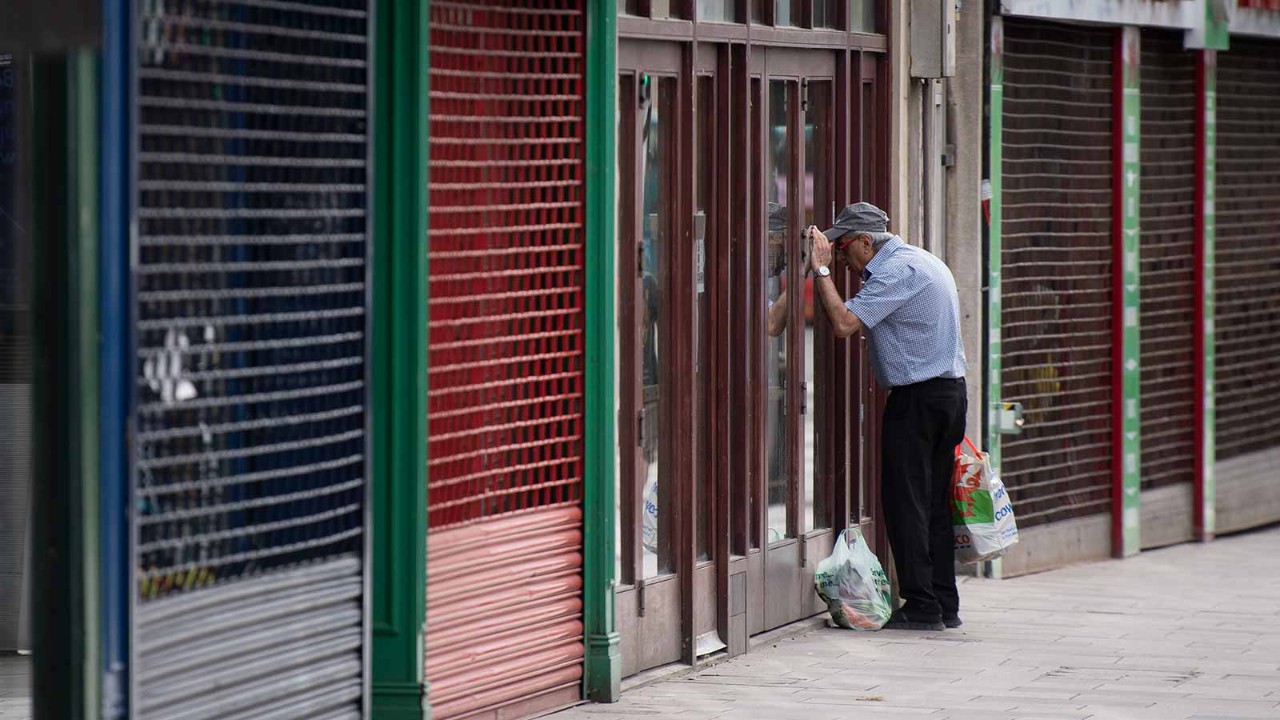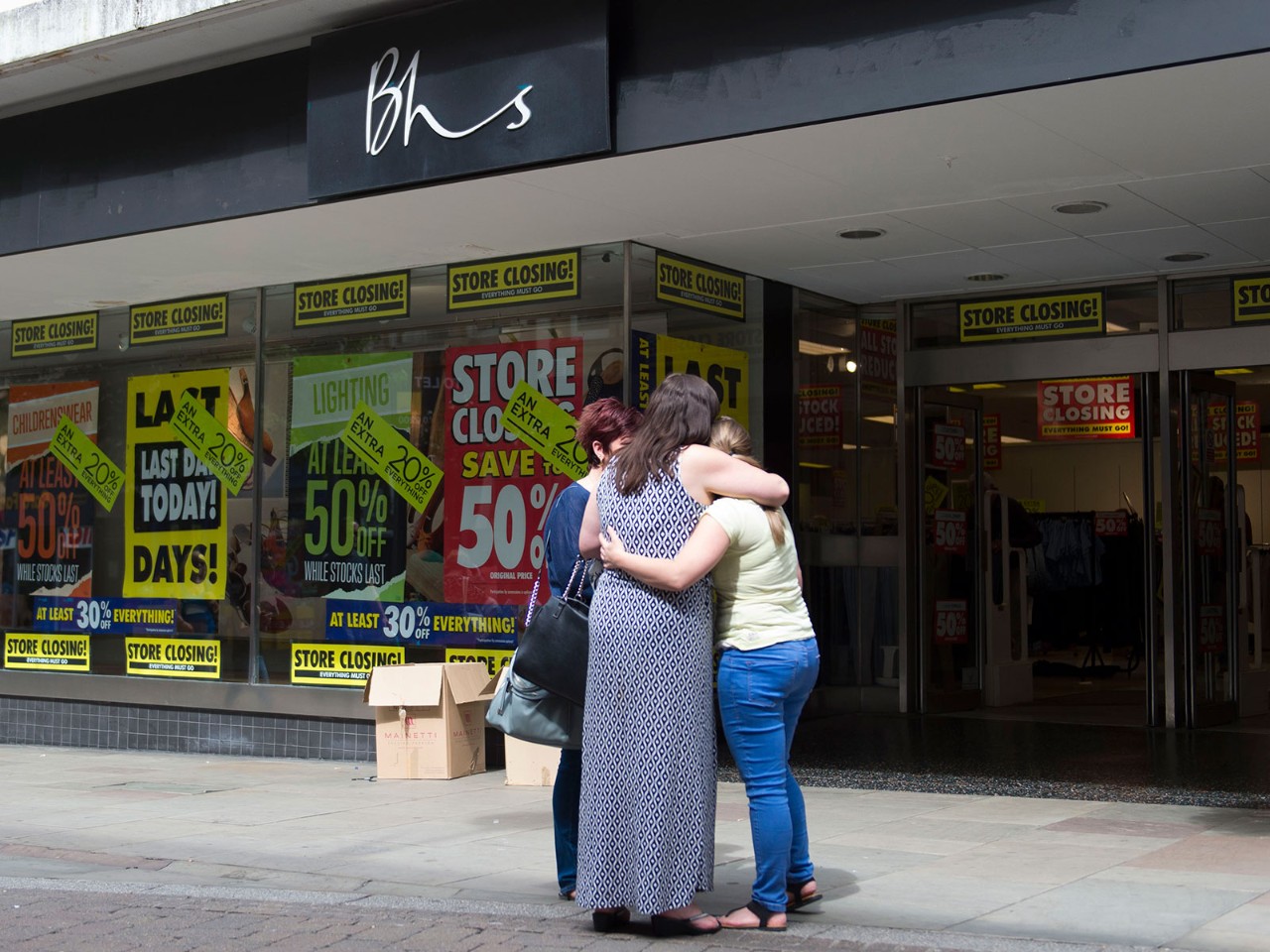
As the UK economy begins to open again, questions remain over the vexed issue of business rates reform and whether a wholesale shake up is needed to revive the plight of the nation’s high streets.
Although Westminster has granted temporary relief for retailers and the hospitality sector through business rates holidays, with grants to local councils plugging the resulting holes in their budgets, this has only been a short-term solution to a long-term problem. While some retailers gradually pull up their shutters, many will remain down.
Even before the pandemic, business rates were already a bigger expense than rent for many retailers
The troubles are well documented – falling footfall and competition from online stores have seen a number of collapses, including Debenhams and the Arcadia chains of Topshop, Wallis and Burton. Ironically, these names now live on via online retailers Boohoo and Asos.
Rates and rental disconnect
However, what might not be so widely known is that even before the pandemic, business rates were already a bigger expense than rent for many retailers owing to a disconnect between when they were set and today’s more realistic rental bills.
Rates are based on rents, but the last revaluation was in 2017 (based on 2015 rents). Since then, high-street rents have tended to fall, while those for the warehouses used by the online giants have risen.
In the meantime, retailers are desperately awaiting the outcome of the government’s ‘fundamental review’ of business rates – an interim report was released earlier this year, but final results are not expected until the autumn. This delay creates further uncertainty, not only for retailers but also local authorities that face a potential shortfall when the rates holiday comes to an end on 30 June.
Apocalyptic date
In fact, 30 June could be an apocalyptic date for many retailers, large and small. The relief for retailers in England, in place since the start of the pandemic in March 2020, will be subject to a £2m cap with effect from 1 July. For large chains, that means the relief all but disappears, according to John Webber, head of business rates at Colliers.
A moratorium on evictions and winding-up orders also ends on 30 June, leaving retailers open to court action over almost £3bn of rent arrears built up during the pandemic, while a government-supported reinsurance scheme for trade credit insurance finishes on the same day.
As Webber writes on Colliers’ website, ‘Retailers were pleased that they received an extension to their business rates holiday, but many are only just waking up to the fact that the cap is on each business, not each store, and therefore really limits what most businesses with multiple stores can expect for the rest of the year.’
‘The values that are used to determine business rates are more out of kilter with reality than they have ever been’
Need for reform
‘Local governments across the country have been a massive help to keep us trading and ensure we have the cashflows to continue to pay the staff who are not on furlough, and to have a business for when furlough ends,’ says Ian Carrier FCCA, senior finance business partner at Lush, the cosmetics retailer. But he adds that complete reform is vital, and the need to generate local income must also be recognised.
And this goes to the heart of the problem: business rates generate significant income for both local and central government.
In England alone, according to ONS figures, rates raised nearly £29bn in 2019, but in 2020 this figure fell to £21bn, largely because of the payment holiday granted to the retail, hospitality and leisure sectors. Any reform would need to ensure that local finances do not suffer further cuts.
‘The whole business rates system is broken,’ says David Hallwood, finance director at Aldrich Group, owner of the Robert Goddard store chain. ‘We have renegotiated rent on every one of our properties, which means that the values that are used to determine business rates are more out of kilter with reality than they have ever been – so much so that rates are now higher than rent in our stores. And in some of our stores, this can mean the difference between making money and losing money.’
Mooted solutions
So, what are the possible solutions? An online sales tax has been mooted, which would address the disparity between internet-based retailers and those that rely on shoppers venturing on to the high street. However, this could, ironically, adversely affect those businesses that are successfully building an online presence while maintaining a real shopfront.
Hallwood suggests that a system based on turnover could help to level the playing field between offline and online sales.
Respondents to the government’s own review of business rates did not support replacing rates with a capital values tax, or indeed shifting the burden from occupier to landlord. They also highlighted risks that an online sales tax would not raise sufficient revenue, suggesting that a hybrid solution might be a way forward.
More regular business rate revaluations would help; as Carrier points out, countries as disparate as Hong Kong and the Netherlands carry out annual reviews.
However, as the government notes in its interim review, business rates have ‘distinct strengths as a tax’ due to ‘efficiency of collection, the high level of revenue raised, and the relative difficulty of evasion’, providing ‘an essential source of funding for local services’.
Business rates – a 30-second guide
In England, business rates are set by Westminster (there are different systems for Wales, Scotland and N Ireland), which sets the multiplier, a pence-in-the-pound value, which is then applied to the rateable value, an estimate of the open-market rental value a property could achieve on a specified date.
Properties with a rateable value of £12,000 or less are exempt from rates and those up to £15,000 are eligible for small business rates relief. Other reliefs and exemptions include an 80% discount for charities.
Currently, local government collectively retains half of the income generated, with the other half paid to central government to fund grants to local authorities. Plans for local government to retain 75% of business rates income in 2021 have been shelved.
Property valuations for business rates are the responsibility of the Valuation Office Agency (VOA). The most recent, in 2017, was based on property values in 2015. The planned 2021 revaluation has been delayed until 2023.




